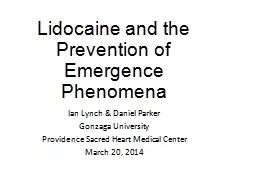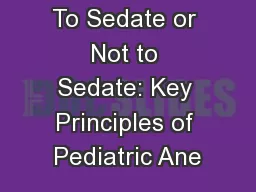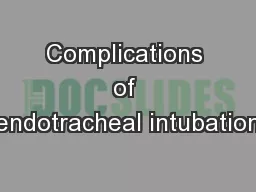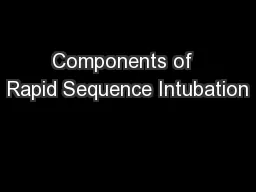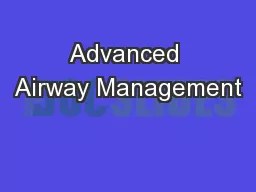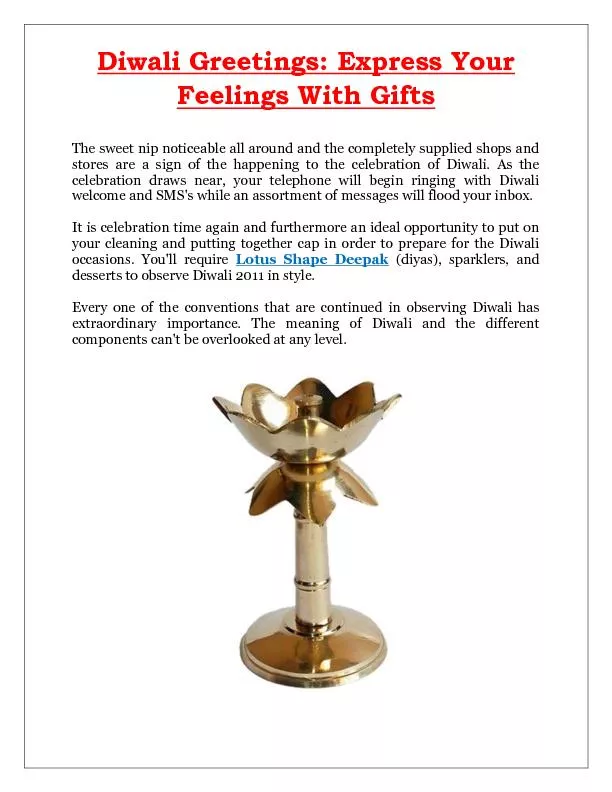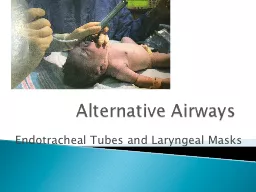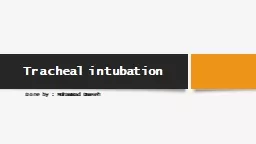PPT-ENDOTRACHEAL INTUBATION DR DEEPAK SINGLA
Author : unisoftsm | Published Date : 2020-06-16
Indications of Endotracheal Intubation Airway problems external pressures on the airway vocal cord paralysis tumor infection and laryngospasm Respiratory deficiencies
Presentation Embed Code
Download Presentation
Download Presentation The PPT/PDF document "ENDOTRACHEAL INTUBATION DR DEEPAK SINGLA" is the property of its rightful owner. Permission is granted to download and print the materials on this website for personal, non-commercial use only, and to display it on your personal computer provided you do not modify the materials and that you retain all copyright notices contained in the materials. By downloading content from our website, you accept the terms of this agreement.
ENDOTRACHEAL INTUBATION DR DEEPAK SINGLA: Transcript
Download Rules Of Document
"ENDOTRACHEAL INTUBATION DR DEEPAK SINGLA"The content belongs to its owner. You may download and print it for personal use, without modification, and keep all copyright notices. By downloading, you agree to these terms.
Related Documents


